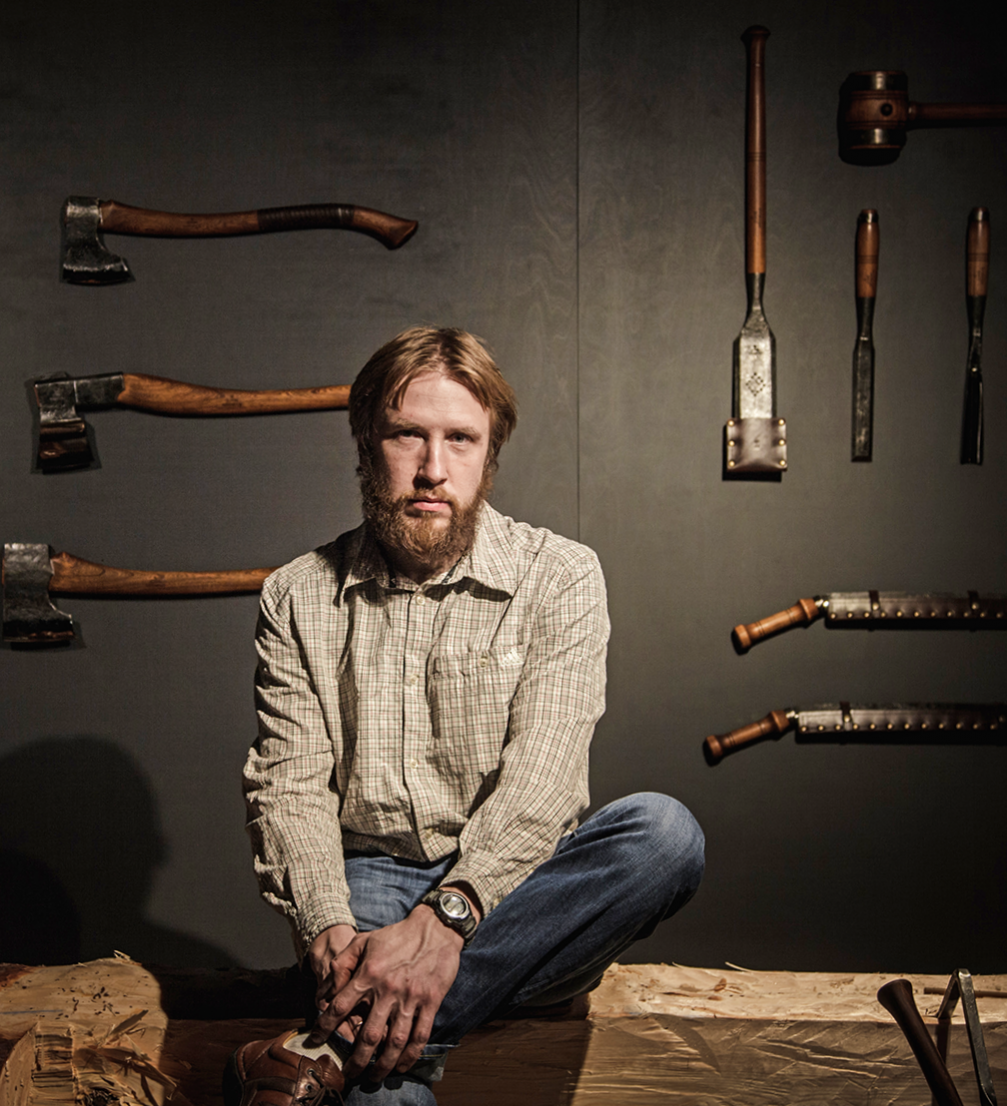
An expert in both carpentry and filming, and having a great intuition when it comes to marketing, Jēkabs Dimiters is a real 21st century carpenter. Four years ago he founded a brand called John Neeman Tools and began producing workman’s tools that soon became widely recognized throughout the world for their high quality and an image of a mysterious team of craftsmen behind Jēkabs’ photographs and short films.
After ten years in advertising and the film industry, Jēkabs realised that the job lacked a concrete substance that he could hold on to. He wished to do a job that would make something essential, something that he could leave to his children. The idea to make tools came with a practical necessity: having begun building his own wooden house, the chisels he had turned out to be too small for the job. Together with local blacksmiths, he made replicas of historic carpenter tools, which were then deemed attractive enough to be sold on their own, and this was how the brand John Neeman Tools was born. The brand’s Vidzeme craftsmen use carefully selected materials from around the world to make the best quality tools: Latvian oak and elm, Karelian birch, steel from Japan, Sweden, Germany, and Russia, and oak that spent millennia buried in English swamplands, black and hard as rock. Over time, the production was expanded to include kitchen and hunting knives, leather bags and belts, bows, and even watches. To have a John Neeman branded tool customers are happy to spend as long as one year on a waiting list.
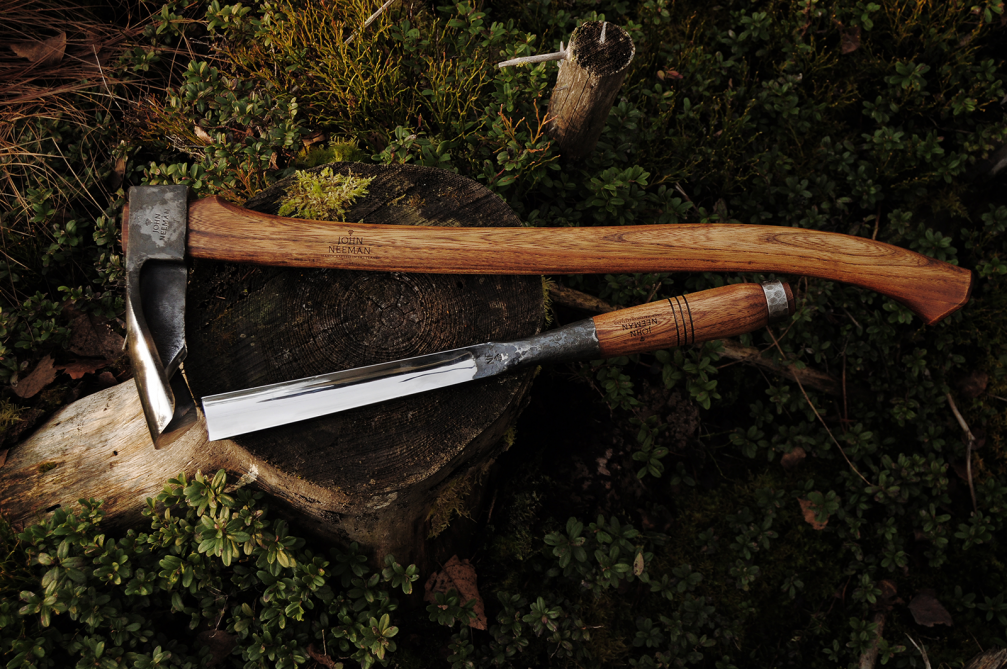
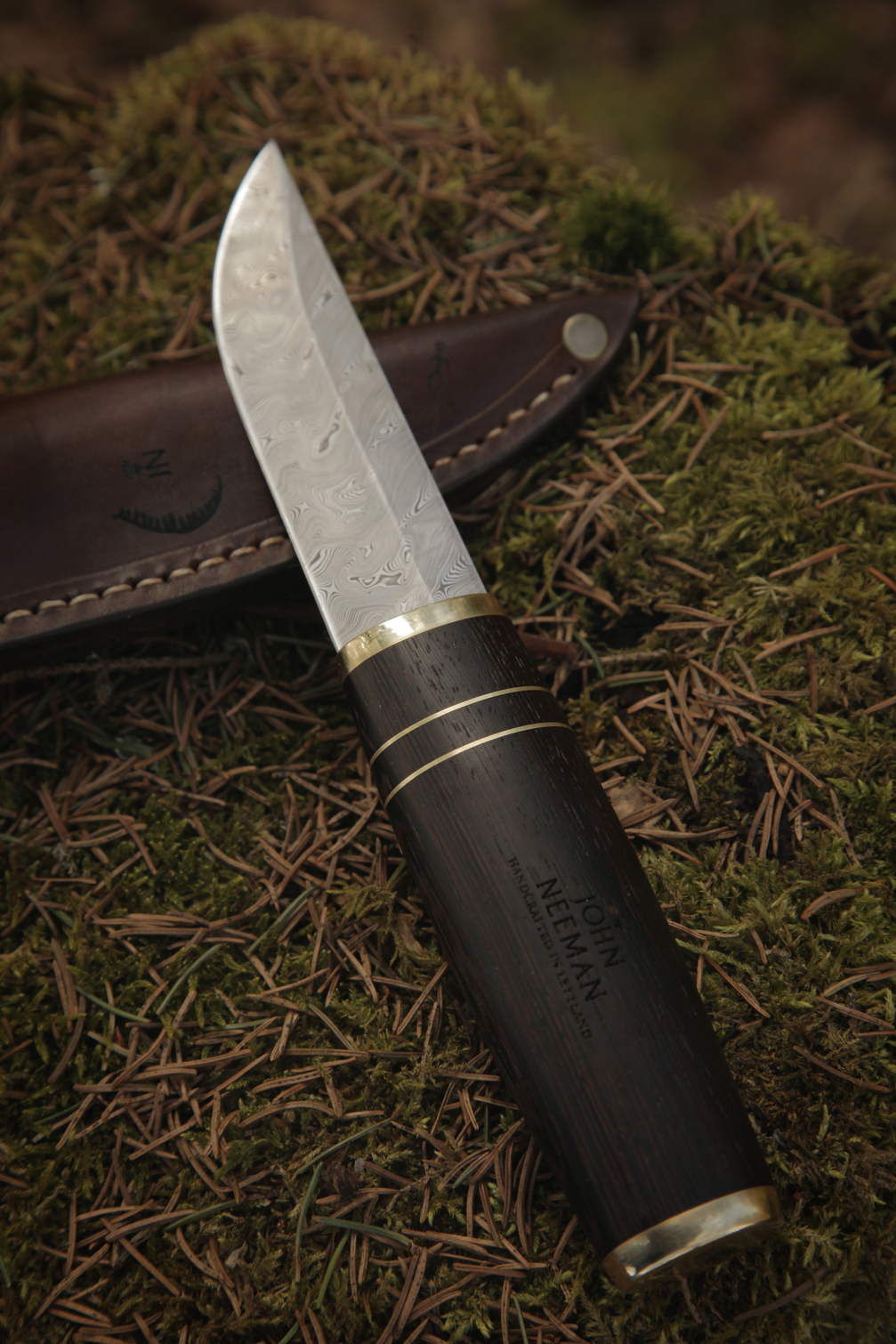
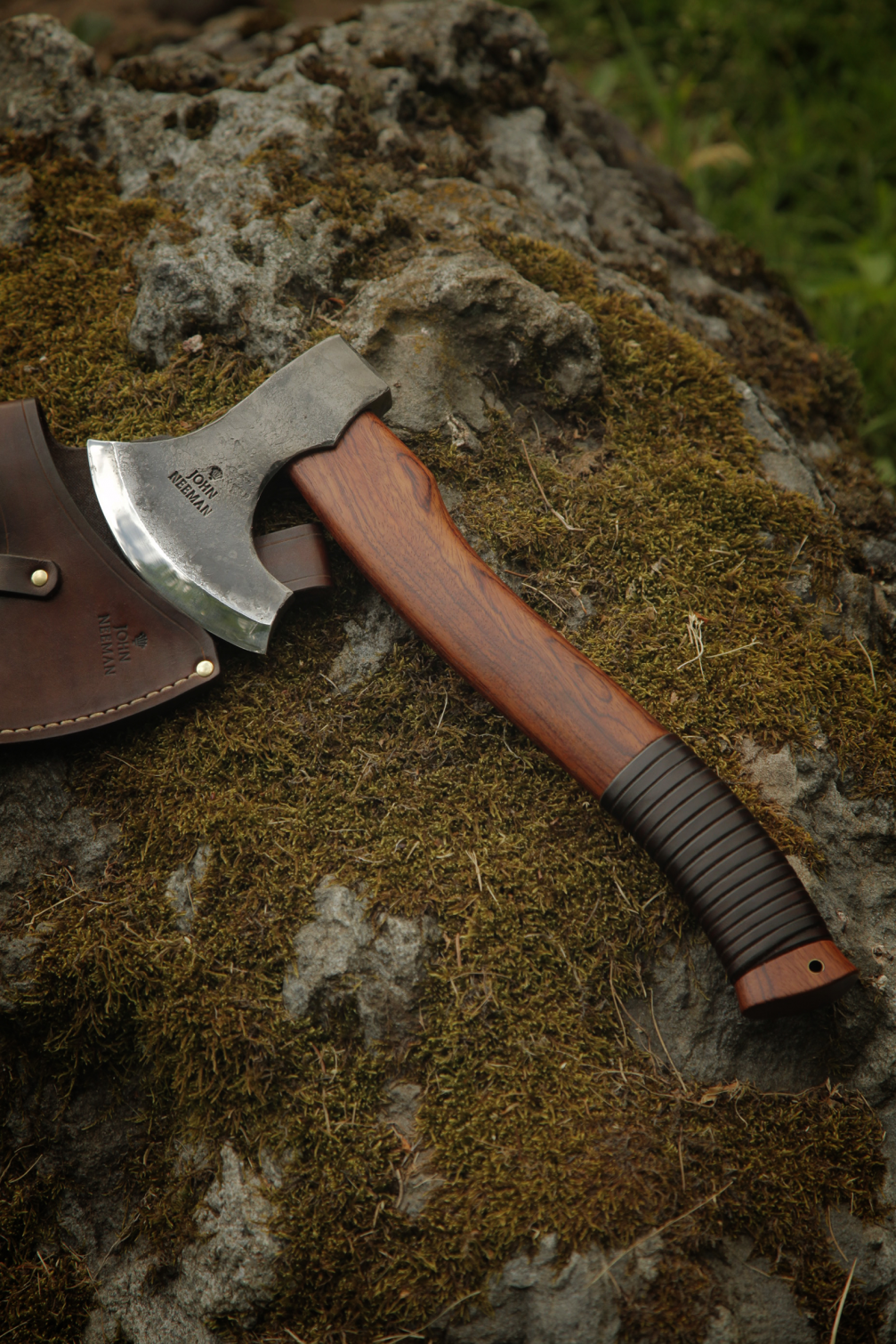
What is the daily routine at John Neeman Tools?
We don’t share one place; each one has his own workshop. There are four bladesmiths with assistants, three leatherworkers, and three woodworkers. There are also others who come to help when needed. Also, there is a bowmaker, and a jeweller who is now working on the first prototypes of watches, while people are already filling up pre–order lists. Actually we have pre–order lists for everything we make. We warn people they’ll have to wait; that there is a long waiting list. You tell them they’ll have to wait for a year, but then they write to you after a week asking when they can have their order. We make an effort to explain everything politely and patiently. Because of this we had to hire a person who sits in his ranch in Nashville, Tennessee, replying to the mass of emails we get every day. 90 percent of orders come from the US. We send a little to England; Latvians also shop with us occasionally. We’ve sent to Kazakhstan, South Africa, Japan, New Zealand.
We’ve developed a wide range of models and products; as soon we come up with something new, it appears on our website right away. If people have a great choice to choose from, you can be sure they will order something. Of course there are specific items which are only rarely ordered, like the log peeler. If such is ordered, we know they want to build a log house. Hunting and kitchen knives are popular gifts. We are sure to have workload for two years in advance. I think it’s the only way for a craftsman to survive in the 21st century and be sure someone will need the thing he makes. I feel sorry for craftsmen who weave, spin, make clay pots for a whole year, then go to a fair, and if that year the business happens to be slow they leave with sad faces and cars still full of stuff. If they’re lucky, they can sell off everything, but it is still a great risk. All we make is already sold. I think the modern craftsmanship should be like this.
How did you manage to build such a stable demand?
With a story, definitely. Without a story, a tool is just a piece of metal, wood, or leather. Without a person behind it, it is a cold and lifeless object. When I left advertising, I took with me my camera and the skills I had acquired filming and editing. I came up with an idea to make a story about each tool, both as an ad as well as a tribute to this particular thing, the knowledge behind it. Stories build respect for the craftsman and his creation. Of course it’s a film, an ad; the work is harder in real life.
The way we see ourselves is that we are not what the story is about; we let the work, its quality, tell the story. Self–promotion ruins everything; you can’t do it. Therefore our films don’t have a single spoken word, only action, or as they say, a powerful demonstration. English and American marketing gurus did an analysis of our marketing strategy, which cost me exactly nothing. I approach it as a game; as if I were a fisherman — I make a new net, a new video, throw it out on Youtube and watch how many orders I get by the next morning (laughs). I have studied neither marketing nor economics; I follow my instinct. I haven’t gone to any crafts schools; I built my own wooden house after spending one summer with a professional, working, learning how to put one beam against another. Knowledge comes to you, as does the experience. Mistakes are a great teacher. The more you do, the less you go wrong. You build confidence and learn to do everything more smoothly.
Are you passing on what you have learned yourself?
We have many applications from abroad; we receive e–mails every day. In our high–tech age people miss things made by hand. People grow to love it, leave everything else. A boy calls from Australia, «Hello, I am twelve, I don’t want to go to school anymore; I have money for the ticket and I’m not returning home.» Perhaps someday we’ll be able to hire these people, but not now. I know what it means when you are working in a workshop and they constantly come to ask how this or that is done. You can’t work. You have to choose whether you want to be craftsman or a teacher. I think it’s going to get there eventually, but not now.
Without a story, a tool is just a piece of metal, wood, or leather.
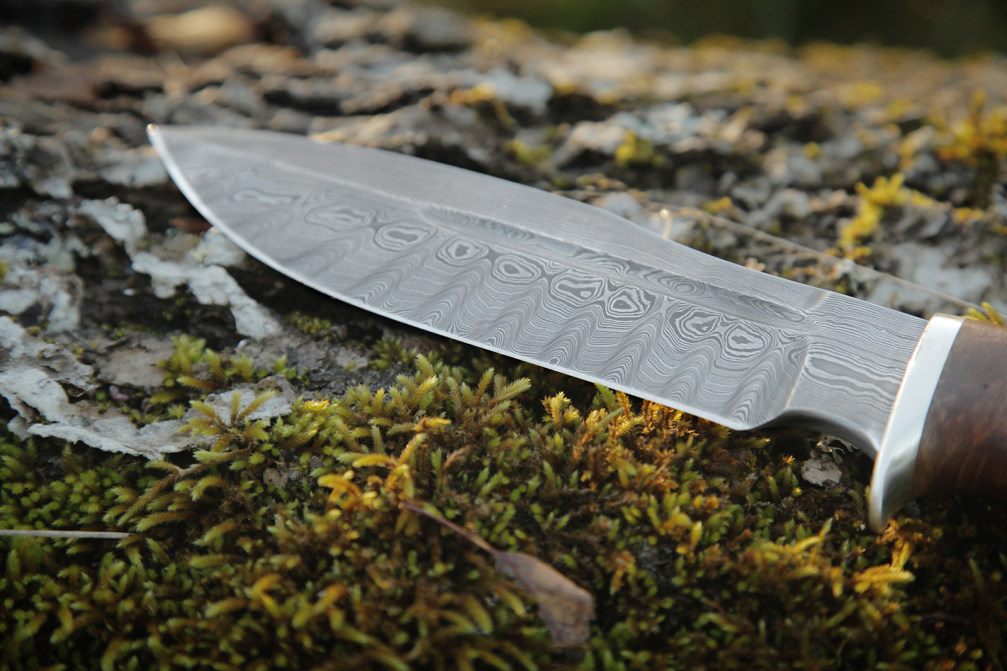
How did you yourself become involved with crafts and carpentry?
You can say I grew up in the Ethnographic Open–Air Museum. I actually felt a little sad I’d been born a hundred years too late, because I became fascinated by the architecture I saw there. In a way, this emotional experience has been following me ever since. I have a feeling I want to go back there, go deep into it. I’m not even a folklorist, nor am I a history fetishist; I take what time offers, but I like all those old things, the smell in the buildings, the ancient lifestyle, proportions, constructions, roof angles. It makes me sad there’s no unified approach to country architecture in Latvia — it’s all because of the Soviet times. In Sweden or Norway, in each village there are certain shades they are allowed to paint their buildings in. Latvians should live in simple rectangular houses similar to the one I built for myself.
In what way would it be better?
I am not against new forms or proportions; I’m talking here about country architecture in general. It would be good if each region complied with its own historic proportions, retaining its general atmosphere. As these buildings get older, they seem to have been growing out the earth, blending with the landscape. But what can I do? All I can do is leave a house the way I like it in its own landscape.
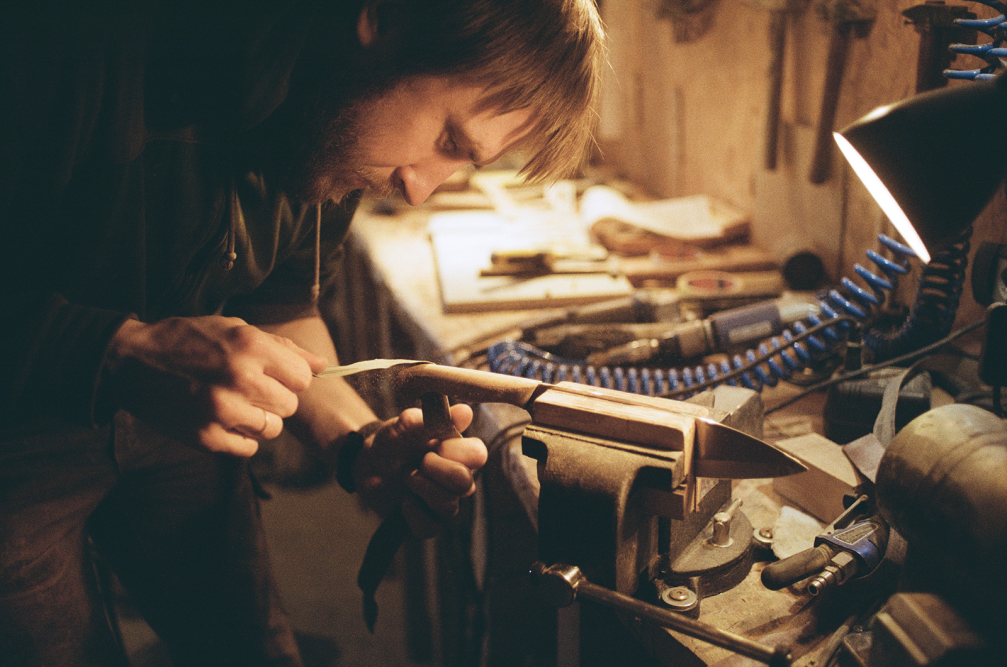
Why is it important for you to work with hands?
First of all, it’s because it brings satisfaction; it calms me down. It’s a meditation. So much is now made mechanically that working with hands is just an instinctual necessity. Hands are our God–given machine. When you see how much hands can do, it is sometimes hard to believe. At the end of the month you look at what you’ve achieved, and you can’t believe it’s possible!
Secondly, you invest a part of yourself in the work. Buying an item from a craftsman who made it, you by a part of his life, his time, experience, vision. Things talk; they tell the craftsman’s story. It’s like my great grandfather’s cupboard: when I look at it I think about how he planed, sawed, prepared the joining parts. My great grandfather continues to live through it, though not in it (laughs).
Do you care about what happens to your products after they’re sold?
Of course I’m happier if a tool carries our craft further. It’s like a chain reaction: the smith forges, the carpenter builds, and a family lives a happy life. And the story goes on.
There were men who wrote to us saying they were about to embark on a large project in Denmark; they have just ordered carpenter’s chisels and are going to build a historic Viking longhouse — they’re going to be doing everything by hand and in oak. Knowing what they’re about to do, we prepared and shipped everything in three days just because it inspired me and made me happy to help.
There was a man in Australia who had built a house from cypress. The cypress is the hardest conifer there is. «Your chisels needed no sharpening,» is a good reference. Or when a knife goes to a keen hunter who then says he could skin five deer without it needing sharpening. There are people who inquire about distribution rights. We make no such deals. Of course there are also people who ask for an advice on how to choose the best presentation board because they want to put the axe above a fireplace — so that they can look at it before going to bed. There are all kinds of people.
When you see how much hands can do, it is sometimes hard to believe.
What do you call what you do, design or craft?
Design is where it all begins; then comes the craft. In the beginning there are lines. Each product has a design and a material, and the craft brings it together. I call myself neither a designer, nor an artist. I grew up among bohemian artists who used to annoy me and still do. I also can’t stand words like «entrepreneurship» or «business». I would call myself a carpenter. I like making tools; it’s how I earn my living. With what we earn we feed ten families; each family has two children. We’re a fellowship, or as they used to say, a guild of craftsmen. We’ve established a sort of a platform for the lost world of the crafts. We’ve taken the upward–downward direction.
Speaking of platforms for crafts, how can modern technologies help Latvian craftsmen?
They don’t know how to get their clay pot over to Alaska. It’s not going to be the case that the craftsman is going to sit in his workshop and someone from Alaska will call him because they have heard that they make great pots somewhere near Līgatne. There should be a general platform where we could show what we can do. The old craftsmen need someone who could make a video about them and help them so that someone else would watch it, like it and want to buy it. A completely different thinking is needed, a different sales approach. Call it marketing, international communication; whatever it is, but it must do so that a person after seeing a picture and never having touched the thing would be willing to pay big money and wait in hope and faith that his purchase is going to arrive exactly what he imagined it. If Latvia had a plan how to prevent the crafts industry from going bust, we could make it happen.

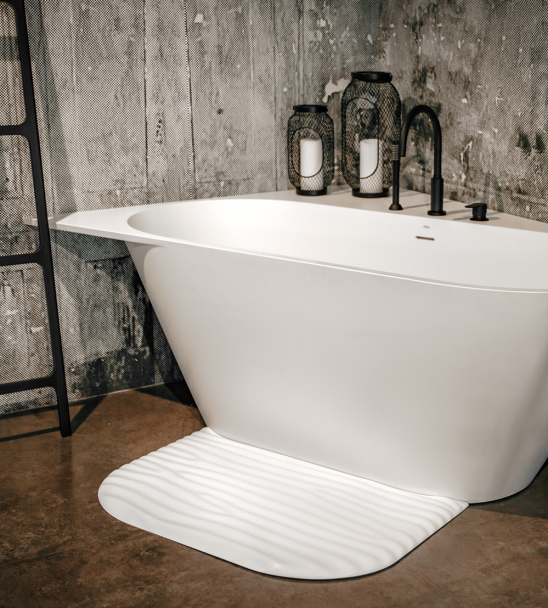
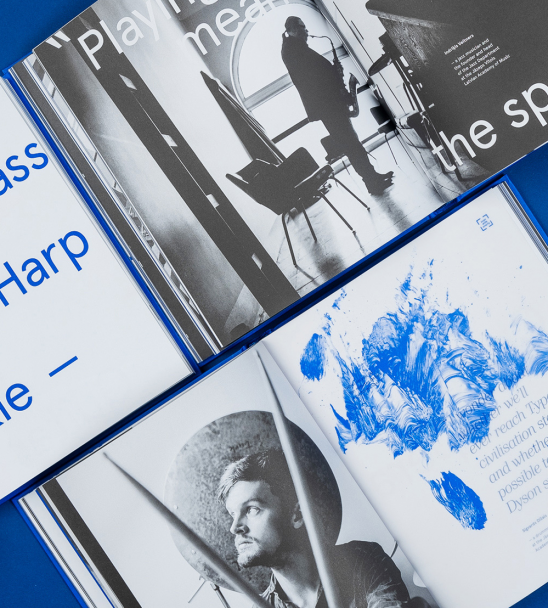

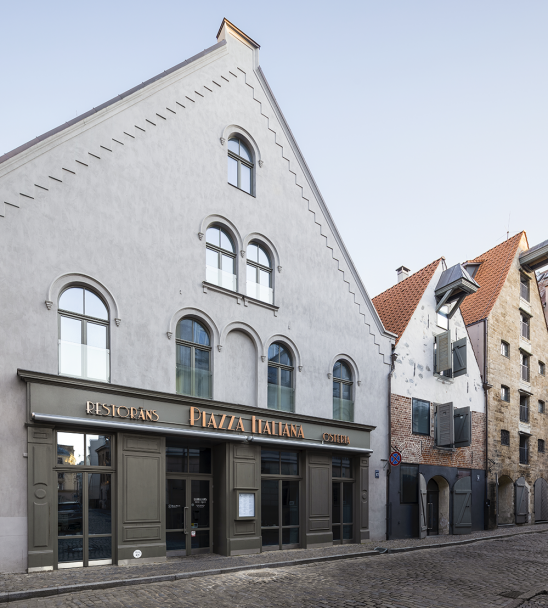
Viedokļi